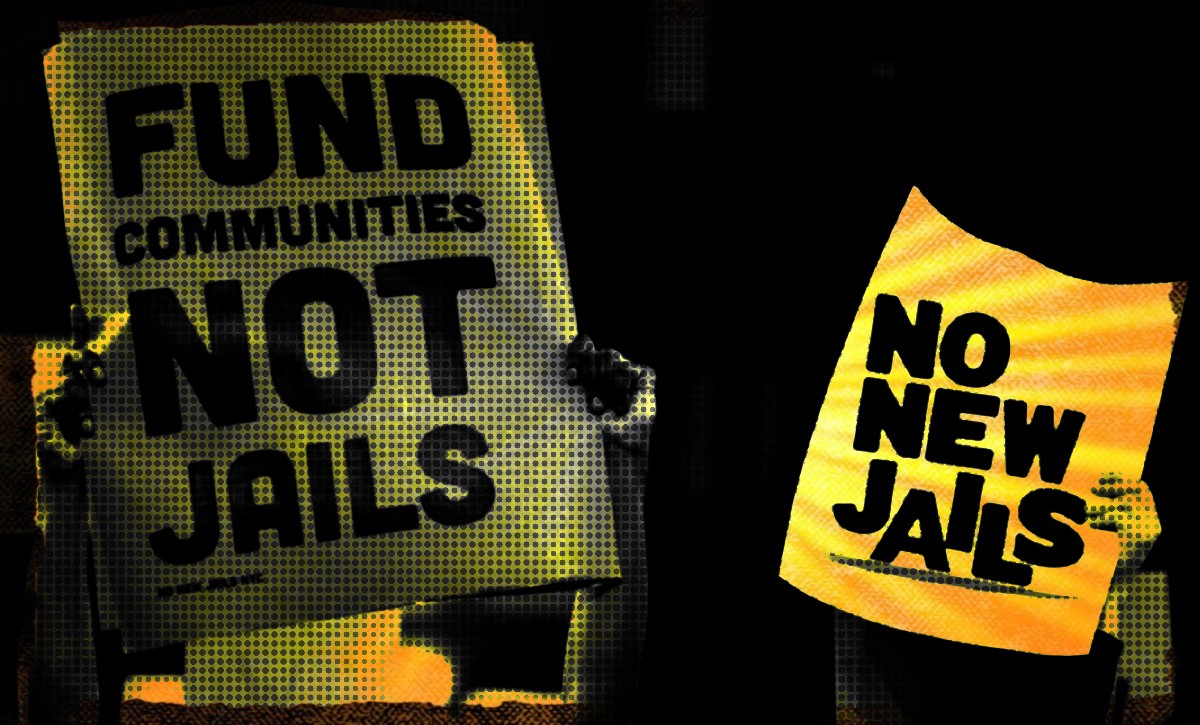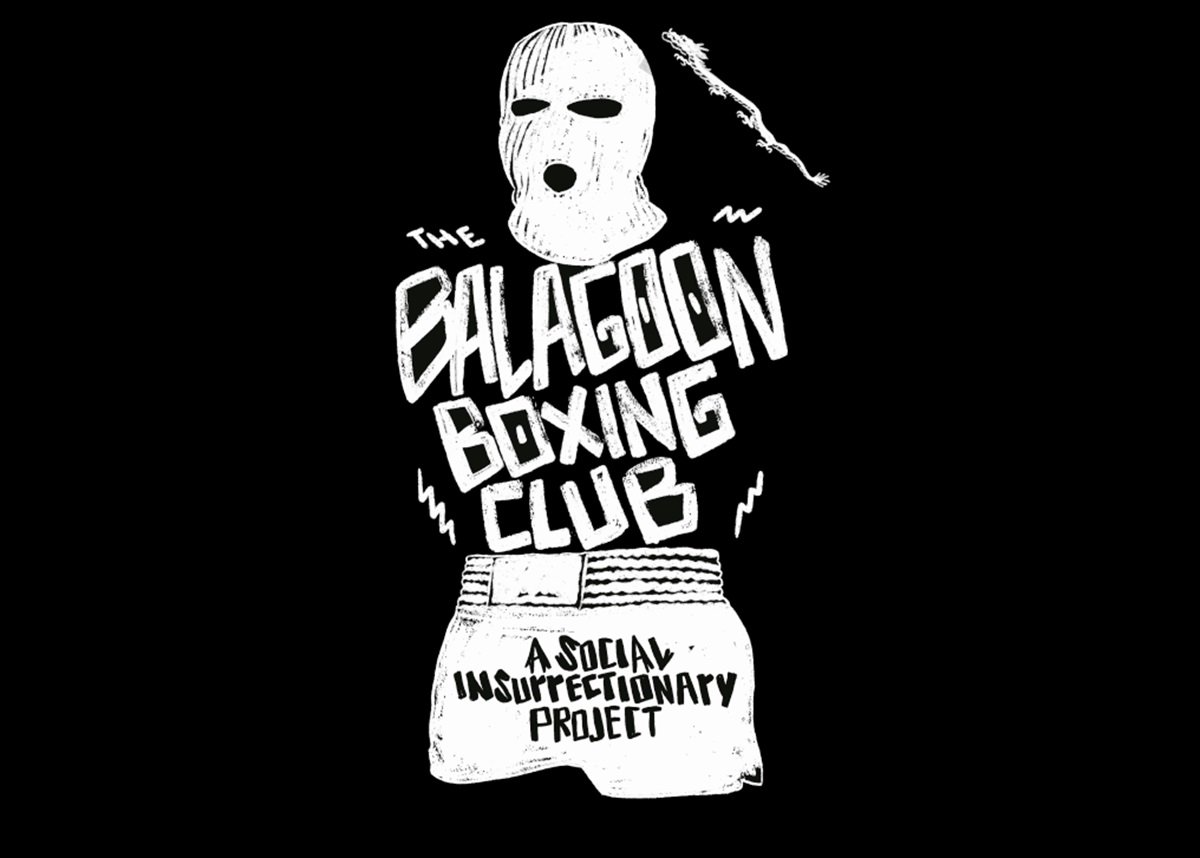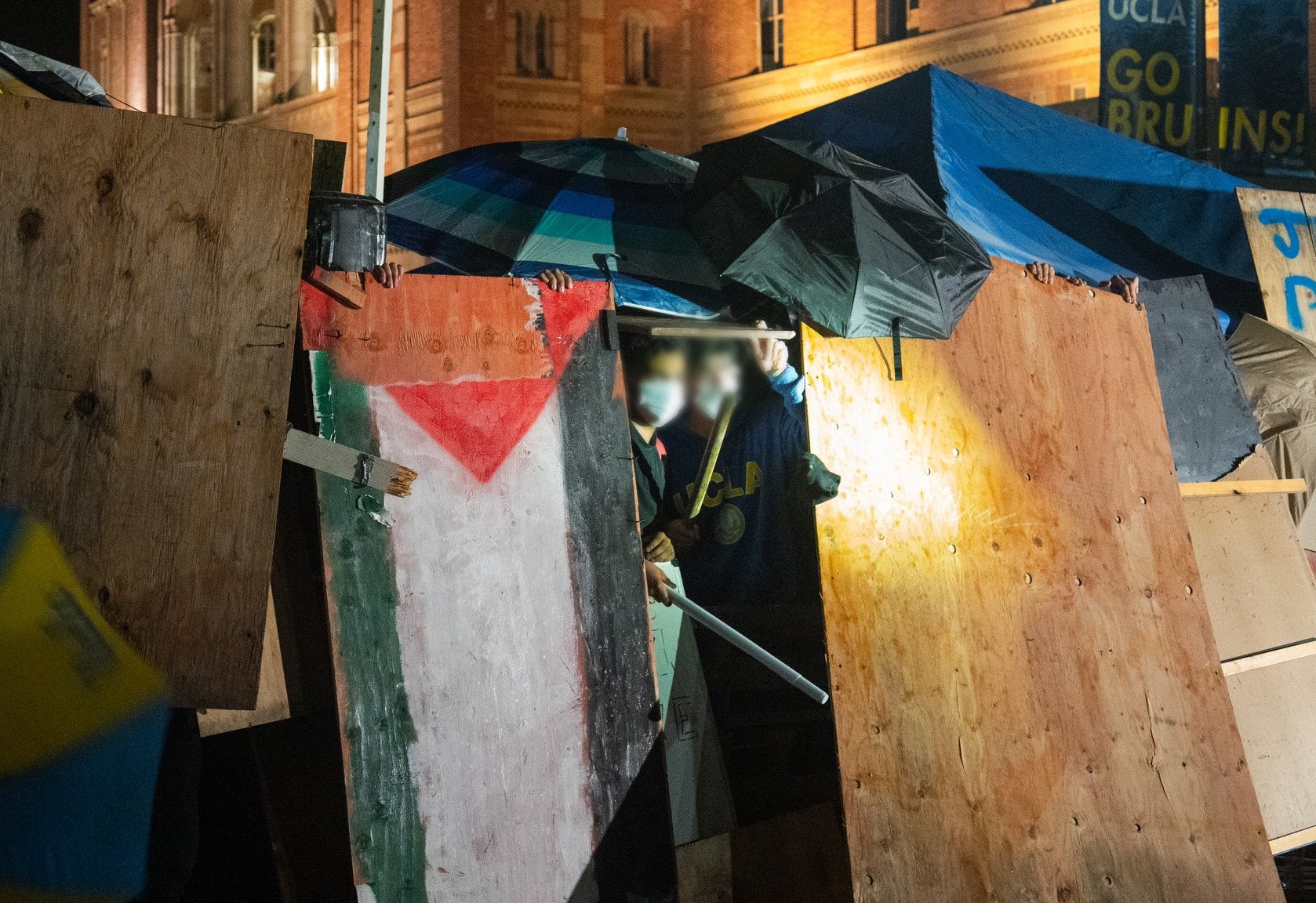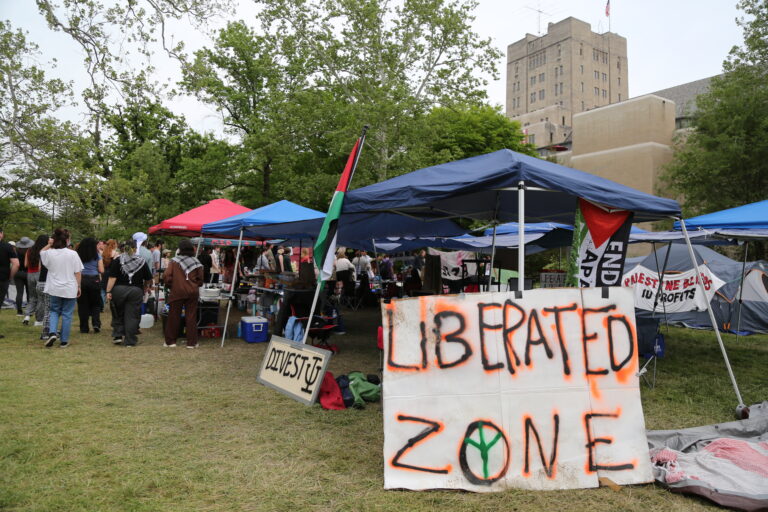Filed under: Critique, Incarceration, Northeast, White Supremacy

A critical look at abolitionist currents and organizations in New York.
New York City is seeing the most intense street uprising since the 1960s. It has attracted thousands of newcomers who proudly call themselves revolutionaries and abolitionists. The concepts of “defunding” and even abolishing the police have moved from the Leftist margins to evening news almost overnight. In this pivotal moment for abolitionists to take action, numerous organizations around the No New Jails (NNJ) and the Fuck the Police (FTP) coalitions have instead become crippled by a spectacular public feud. An endless barrage of open letters are broadcasting personal information about organizers and detailed sketches of how organizations function (intelligence the cops usually get wrong if left to their own devices). Watching these coalitions tear themselves apart at the exact moment when their experience, resources, and interventions are needed most in the streets and the public debate is demoralizing to say the least. We can only imagine how it looks to the newcomers to the movement who are trying to figure out what it means to be an abolitionist.
The major conflict seems to revolve around the presence of a parole officer within the inner-circles of FTP and other related groups. This issue raises a number of important practical questions about how we understand agents of the State, and how a revolutionary movement can orient to working class people who have taken on these jobs, especially where career opportunities are limited by structural racism. Rather than grappling with these questions in good faith, however, the debate has devolved into a clout-measuring contest around individual organizers’ authenticity and their claims to represent the New Yorkers most affected by police and prisons. Within the past week, at least fifteen public statements have been issued that refute or supports claims about which organization follows the “real leadership by NY born and raised working class Black women.”
To be clear, emphasizing the subject position of a political speaker can be a very good thing. The expression “nothing about us without us” represents a powerful rejection of the longtime fucked up practice in academia, media, and politics of empowering affluent cis white people to speak and act on behalf of traditionally-marginalized people. For decades, important struggles have been fought by traditionally-marginalized people to take the power — and often, resources, access, and funding — that comes with speaking for themselves. These hard-won battles have empowered individual people, challenged hierarchies of resources and access, and helped lay the foundation for much of the anti-racist work we see playing out in the streets today.
But there are limits to the authority that comes from somebody’s standpoint, especially in politics, where questions require a combination of experience, inquiry, and analysis. People with identical backgrounds, experiences, and identities can draw wildly different political conclusions from experience and inquiry if their political analysis is different. This is even true within reasonably homogeneous spaces like the organized Left, where you can meet Black anarchists, Communists, and radical liberals – all in the same meeting! None of these positions are more or less authentically Black; they are just expressions of different politics. And none of them represent all Black people, because nobody does. Pretending that such a representative can be found anywhere is patronizing and dangerous, as it insults the complexity of individual people and provides easy access for bad faith actors willing to pass themselves off as a spokesperson for entire groups. The background and experiences of a speaker can therefore lend powerful weight to a political argument, but cannot take the place of one.
The recent turn to authenticity politics in NYC abolitionist debates is not just a shortcoming of the individual people involved. Instead it reveals the destructive nature of assumptions that have guided NYC abolitionist organizing in recent years, especially seen in the debate around whether to build new jails. These are assumptions around “authenticity,” “community,” and who really speaks for great masses of people. To see these assumptions recur amid the George Floyd Rebellion is especially frustrating because they were a big feature of the NYC jail debate in a way that worked against the abolitionists.
When NYC abolitionists fought the nonprofit liberals over whether to build new jails, the major group pushing the new jails was Just Leadership, a nonprofit founded by a formerly-incarcerated Black man. It’s mantra is: “those closest to the problem are closest to the solution.” Just Leadership mobilized an effective group of formerly-incarcerated people, hailing largely from Black working class NYC neighborhoods, who drew upon their experiences being locked up to publicly speak in support of new jail construction. It seems like many of the abolitionists who argued against the new jails had not themselves been locked up, leading to awkward showdowns in meetings and rallies between directly-impacted people advocating jail construction, and people who had never experienced jail speaking against it. Importantly, it doesn’t seem like many abolitionists changed their minds when confronted with these perspectives from directly-impacted people, who they disagreed with politically.
The NYC jail campaign demonstrated that the authentic positionality of directly-impacted people does not inherently skew toward the more radical or liberatory political views, much less toward abolitionism. On the contrary, authenticity can be a powerful weapon in the hands of pro-jail liberals and other forces of confusion and reaction. Since the George Floyd Rebellion broke out, this kind of confusion has been seen time and again in the streets, where “BLM leaders” nobody has ever heard of come out of nowhere and assert control over marches, enforcing respectability politics, non-confrontation (even in self-defense), and other instances of gross liberalism, sometimes in open collaboration with the cops.
On a related point, both sides of the jail debate claimed to represent the true will of “the community.” But communities, however defined, are not monolithic. Even relatively homogenous racial, ethnic, or religious communities are crisscrossed by class divisions which pit the interests of property owners, bosses, and politicians against those of the working class and poor people who they exploit. This should be obvious enough in NYC, where a large number of cops, guards, parole officers, and so forth are drawn from non-white working class neighborhoods (the very subject of the present fight between these abolitionist groups), in addition to landlords, bosses, and a non-white upper class. Unfortunately the persistent myth that there is a singular community which any group could speak for caused considerable confusion and harmed the abolitionist cause, for two main reasons.
First, NNJ insisted at times that they spoke for a majority of New Yorkers of color, which is almost certainly not true. This does not mean that a critical mass of non-white New Yorkers cannot be won over to abolitionists politics. Nor does it deny that important abolitionist practices, like mutual aid and not talking to the cops, can be found in the lives of people who do not consider themselves abolitionist. What it means is only a small fraction of non-white New Yorkers consider the impending abolition of police, jails, and prisons as a realistic or desirable possibility — even when they or their relatives, friends, or neighbors are not cops or guards, which is often the case.
Second, in terms of pure numbers, the rich nonprofits supporting the new jails seemed to mobilize a lot more New Yorkers than NNJ. One need only compare the pictures of NNJ and Just Leadership staging an identical photo-op outside City Hall, where Just Leadership drew a much bigger crowd. This disparity doesn’t necessarily speak to the correctness of their respective politics, but simply of their resources, including paid staffers whose full-time job it is to mobilize people. Yet, while neither group could seriously claim to represent anything approaching a majority of New Yorkers impacted by policing and prisons, any observer to a debate between Just Leadership and No New Jails who strictly followed “white ally” politics would probably come away supporting the new jails. By embracing authenticity politics, NNJ entered a game it was not equipped to win.
None of this said to downplay the accomplishments of NNJ, who worked hard and accomplished a lot against almost impossible odds. But for a radical political group the difference between authentically representing a large mass of people, and being a relatively isolated minority who needs to win them over, is a big strategic distinction. Any group authentically representing a demographic as powerful as the community of New Yorkers directly impacted by police and prisons — a huge number! — has easy work to do: millions of people have your back. A militant minority, on the other hand, who doesn’t represent many people beyond their own small groups, must fight hard to expand peoples’ conception of what’s possible, locate and encourage radical practice already undertaken in people’s lives, examine the field of power relations for weak spots where a small group can make a big impact, and generally build toward a moment when they really do have the masses behind them. The guiding star of a militant minority is not their position as authentic representatives of an already existing community, it is their possession of a correct political analysis that can be popularized through agitation, propaganda, and struggling alongside the people they want to win over.
On this last point, it might be helpful to look back for guidance to the abolitionists of the 19th Century. The most effective anti-slavery abolitionists, when the time came, were of course the slaves themselves. But emancipation was preceded by decades of organizing among free citizens, including former slaves like Harriet Tubman, propagandists like William Lloyd Garrison, and outside agitators like John Brown, who helped draw clear political lines around slavery, sideline any compromises (much like prisons today, there were more plans to “reform” slavery than abolish it), and push the conflicts between slavery and freedom toward a final reckoning.
The original abolitionists saw their political obstacles clearly. They viewed themselves as a tiny minority tasked with convincing the American public of the need to abolish slavery, or else forcing its abolition any way they could. Central to their stated goal of holding up “the system of American Slavery to the scorn and indignation of all honest men” was the need to recruit new members, establish new chapters, and disseminate abolitionist propaganda as widely as possible. At the same time, acting as a small minoritarian group, they agitated within church congregations, markets, and other gathering places to create conflicts that would make it impossible for anyone to be neutral. After seven years as a formal organization, the American Anti-Slavery Society had roughly 2,000 chapters and more than 150,000 registered members (about 9 million people lived in the North in 1840). In order to achieve this level of mass participation, the group had to create methods for meaningful engagement from all of its members, including the publication and distribution of pamphlets, newspapers, and books. Abolitionists actively encouraged laymen and amateurs to become speakers on behalf of the abolitionist cause, with few claims about authenticity or expertise informing who spoke at their meetings.
To learn from the success of the anti-slavery abolitionists, today’s abolitionists could do well to recommit to their political and moral aims, and look for their expression in moments of mass struggle, not the claims of individual people to authentically represent the masses.





